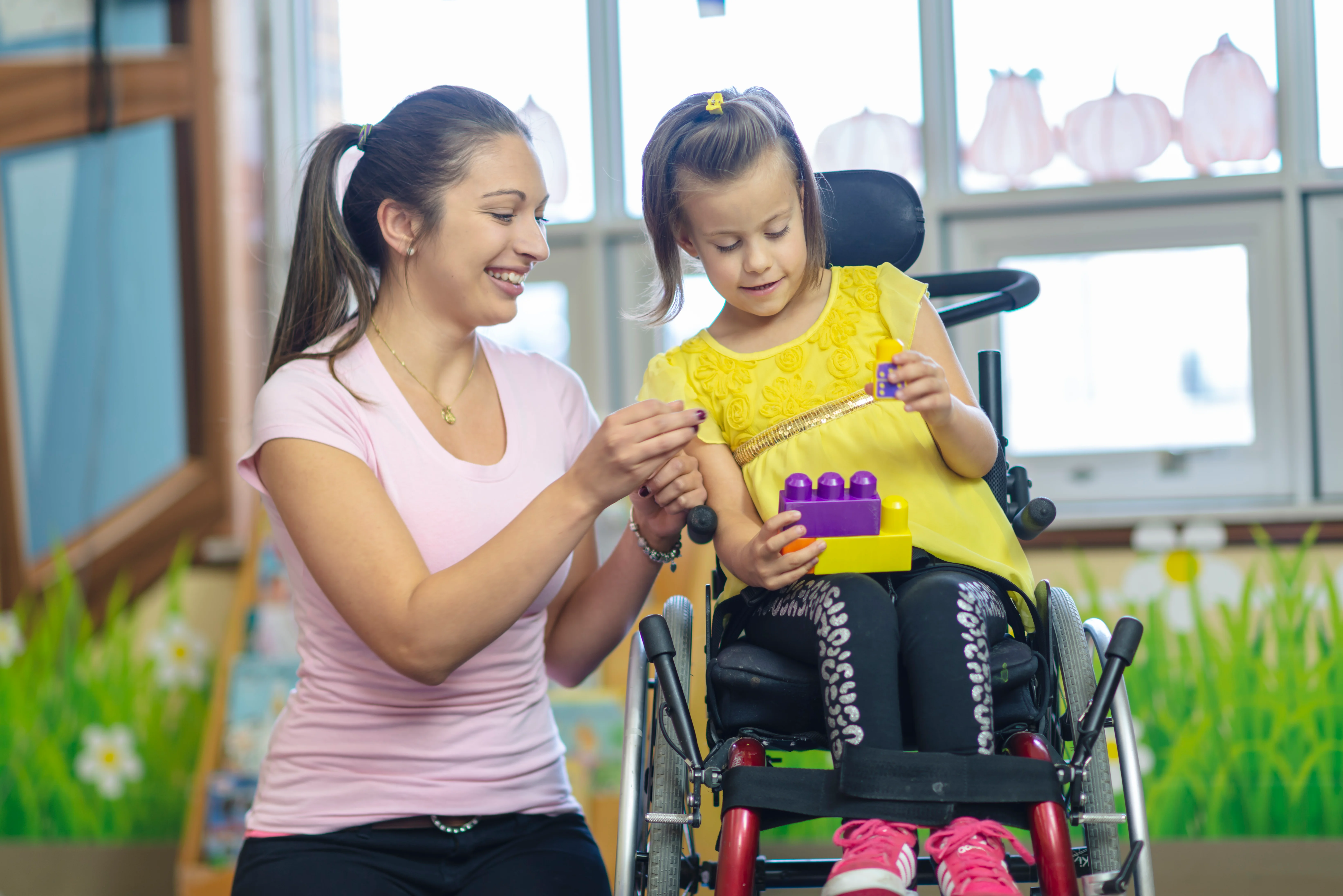Understanding special education terms can be difficult, especially the many acronyms used. Getting to know some of the most common acronyms can help parents and caregivers better understand the information they are given and how it applies to their children. OPSA is here to help! Here are some frequently used special education acronyms that you may encounter. It’s important to know what these acronyms stand for and how they can affect your child's education and services.
.jpeg?width=450&height=305&name=download%20(1).jpeg)
504 – SECTION 504 OF THE REHABILITATION ACT OF 1973: A plan that outlines any
supports or accommodations needed by a child with a disability. A 504 does not provide
specially designed instruction for a student, but aims to ensure equal access to their
learning environment (free from discrimination) and academic success. It does not have
the same legal protections available as an IEP, does not have to be updated annually
and does not require parent consent.
ADL – ACTIVITIES OF DAILY LIVING: Areas of instruction involving skills such as
personal hygiene, toileting, eating, etc.
ADA – AMERICANS WITH DISABILITIES ACT: Legislation that was enacted in 1990
that prohibits discrimination based on an individual’s disability.
ADR – ALTERNATIVE DISPUTE RESOLUTION: This is also called mediation. A
voluntary process between parents and the school in which a qualified, impartial
mediator is brought in to help resolve a dispute.
AT – ASSISTIVE TECHNOLOGY: Technology that assists individuals with disabilities
to perform or maintain functions they might otherwise not be able to do. It can include
mobility devices, communication devices, adaptive supplies, visual schedules, etc.
BIP (BSP/PBSP) – BEHAVIOR INTERVENTION PLAN: When a child’s behavior
interferes with their learning or the learning of others, a behavior intervention plan or
positive behavior support plan can be used to address the behavior. These are typically
put into place after a child has received a functional behavior assessment.
EI – EARLY INTERVENTION: The services and supports that are provided by the state
if a child has a developmental delay or disability. Children aged 0-2 are covered through
EI services.
ESY – EXTENDED SCHOOL YEAR: ESY is typically recommended when there is
concern that a child will regress or lose progress made toward their IEP goals while
school is not in session over the summer. This is individualized depending on your
child’s needs.
FAPE – FREE APPROPRIATE PUBLIC EDUCATION: Under IDEA, every child is legally
entitled to a free, appropriate public education. This ensures that every child will have
the opportunity to participate in their education to the extent of their abilities free of cost
and that they will receive a similar education as their non-disabled peers while also
meeting their unique needs.
FBA – FUNCTIONAL BEHAVIOR ASSESSMENT: If a child’s behavior is interfering with
their learning or the learning of others, a parent (or school) can request that a functional
behavior assessment be completed. The goal of this assessment is to determine
what is causing the behavior (the function), identify patterns, and develop a plan that
includes strategies to improve the behavior.
FERPA – FAMILY EDUCATIONAL RIGHTS AND PRIVACY ACT: A statute that protects
confidential student records and access to them. It provides parents with certain rights
regarding the privacy of their student’s educational records.
IDEA – INDIVIDUALS WITH DISABILITIES ACT: This federal law was created to
ensure that children with eligible disabilities would be provided a free, appropriate public
education including special education and related services. The intent is that this
specialized instruction will prepare students for “further education, employment, and
independent living”. Children aged 3-21 are covered under IDEA.
IEE – INDEPENDENT EDUCATION EVALUATION: When a family disagrees with the
results of a school evaluation or feels more extensive evaluations are needed, they
have the right to request an IEE be conducted to determine whether their child qualifies
for special education services. This evaluation is completed by an independent party
and not the school district. Parents have the right to request that the IEE be completed
at public expense, resulting in no cost to them.
IEP – INDIVIDUALIZED EDUCATION PROGRAM: When a student is identified as
having one of the 13 disabilities covered by IDEA, their educational plan is outlined
through a written document called an IEP. It is a legal document that reflects the
student’s specially designed instruction, learning goals, and related services that are
necessary to meet the child’s unique needs. School staff is responsible for monitoring
the child’s progress on those goals and meeting with the parents at least yearly to
review the plan. Parents must understand their rights as equal members of
their child’s team. IEPs also play a critical role in ensuring that a child is receiving FAPE
and their educational needs are being met.
IFSP – INDIVIDUAL FAMILY SERVICE PLAN: An outline of the services that a child is
receiving through Early Intervention. It includes the child’s present levels as well as
desired outcomes. This is a family-based plan specific to Early Intervention.
LEA – LOCAL EDUCATION AGENCY: This is your local school district. A
representative from the LEA who is qualified and knowledgeable of district resources
should be in attendance at every IEP meeting.
LRE – LEAST RESTRICTIVE ENVIRONMENT: To include students with their
non-disabled peers to the maximum extent possible, students with disabilities are
required to be taught in the least restrictive environment. This ensures that students
with disabilities are provided the opportunity to be mainstreamed and participate in
extracurricular activities with same-age peers unless the nature of their disability is so
severe that this cannot be achieved satisfactorily. There is a Full Continuum of
Placements ranging from the least restrictive environment (General Education
Classroom with supports) to the most restrictive (specialized or hospital-based settings).
MDR – MANIFESTATION DETERMINATION REVIEW: When a child with a disability
engages in behavior that violates the school code and results in the school’s proposal to
remove the student, they must hold a manifestation determination hearing. This is done
to determine if the child’s behavior was caused by their disability or the school district’s
failure to properly implement the IEP.
MEEGS – MULTIDISCIPLINARY EVALUATION AND GROUP SUMMARY:
A comprehensive summary of evaluations that include relevant and functional information
from both the school and home. This summary is used to assist the team is determining
whether a child has a disability and needs special education services.
MTSS – MULTI-TIERED SYSTEM OF SUPPORT: A screening process that is used by
educators to help identify students who may be experiencing academic, behavioral, or
social-emotional challenges. It is a multi-tiered system that helps staff ensure that their
resources are meeting student needs and assists in determining when further
evaluations could be needed.
OAAP – OKLAHOMA ALTERNATIVE ASSESSMENT PROGRAM: Students on IEPs
must still be included in state and district-wide assessments. For students with the most
significant cognitive disabilities, alternative testing can be provided. Participation in
OAAP is a team decision, and teams should discuss possible accommodations that can
be provided to students on assessments before considering eligibility in alternative
assessments. It is intended that no more than 1% of all students participate in this
program.
OCR – OFFICE FOR CIVIL RIGHTS: Enforces federal civil rights laws that are in place
to protect individuals and entities from unlawful discrimination. They also assist in
resolving complaints of discrimination.
OT – OCCUPATIONAL THERAPIST: A related service provider who provides therapy to
address fine motor or sensory needs that adversely impact a child’s educational
performance.
PT – PHYSICAL THERAPIST: A related service provider who provides therapy to
address gross motor needs that adversely impact a child’s educational performance.
PWN – PRIOR WRITTEN NOTICE (WRITTEN NOTICE): Any time a school proposes to initiate or change or refuses to initiate or change the identification, evaluation, or educational placement of a child, they must provide you with prior written notice. This document must include the action taken, the rationale behind that decision, what other options were considered, and what evaluations/data were used to make that decision. It must be in language that is easily understood and include information about parent’s procedural safeguards.
RED – REVIEW OF EXISTING DATA: A review of existing information and data on a
student that is used to determine whether additional evaluations need to be conducted
to determine if a student is eligible for special education services.
RTI – RESPONSE TO INTERVENTION: When a student is struggling with a skill or
lesson and does not respond to the initial interventions, more focused interventions can
be used to assist the student. RTI is used for both learning and behavior needs.
SDI – SPECIALLY DESIGNED INSTRUCTION: The individualized instruction provided
to a student on an IEP that describes how the student’s unique educational needs will
be met through adaptive content, methodologies, and instructional approaches.
SEA – STATE EDUCATION AGENCY: While each state must follow federal law, they
also have their own special education statutes and regulations. They may provide
students with more rights and protections than federal law provides, but never less. In
Oklahoma, this is the Oklahoma State Department of Education (OSDE).
SLP – SPEECH-LANGUAGE PATHOLOGIST: Assists students with communication
needs that adversely impact a child’s educational performance.
SPED – SPECIAL EDUCATION: Under IDEA, specially designed instruction that is
delivered to meet the unique needs of a child with disabilities and increase their chance
for success.
TP – TRANSITION PLAN: A student who has an IEP at Grade 9 or age 16 (whichever
comes first) must have transition goals included that outline how they will transition to
life beyond school.

20 Oklahoma Parental Choice Tax Credit Rule Changes
The Oklahoma Tax Commission has released new rules for the Oklahoma Parental Choice Tax Credit. OPSA has made a list of 20 important changes for our...

Oklahoma School Savings Plan Programs
The office of the Oklahoma State Treasurer offers two state savings plan programs. The Oklahoma 529 for education savings and the Oklahoma Able...



